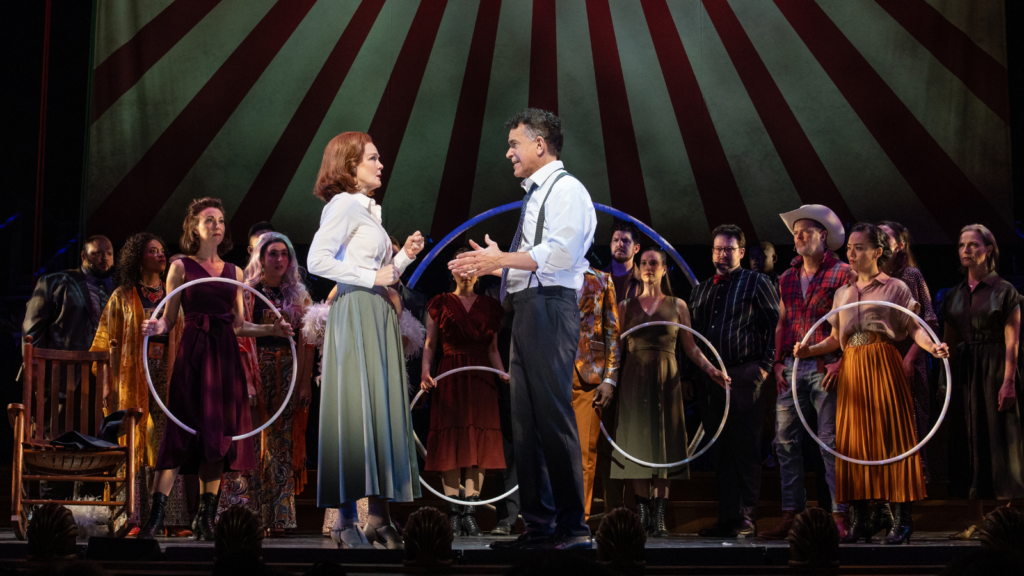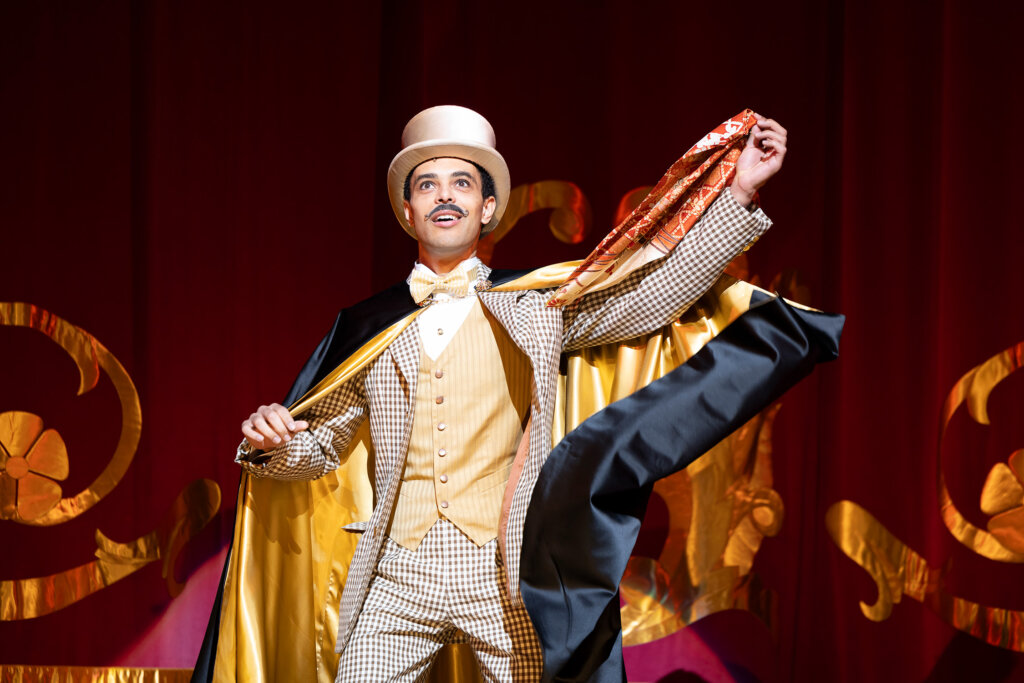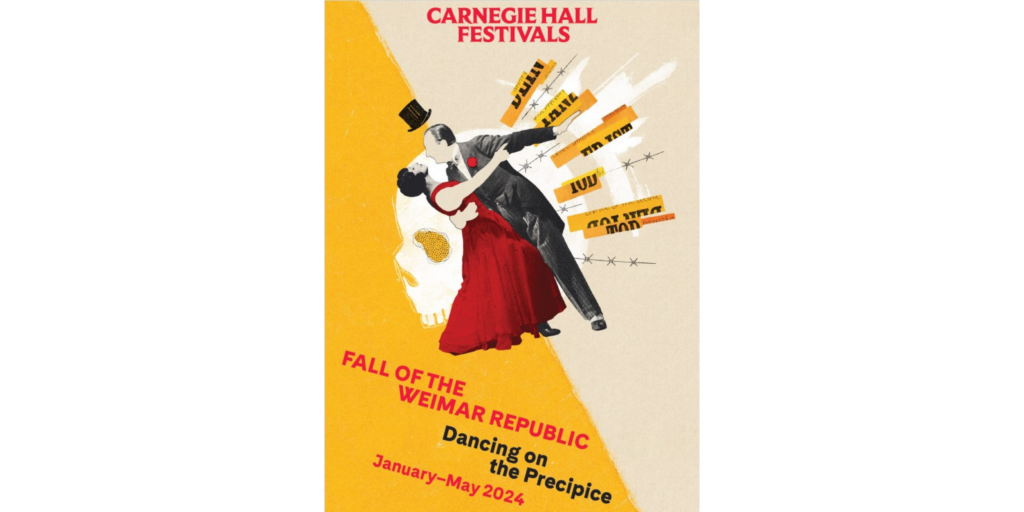A new theatrical exhibition organized by the Kurt Weill Foundation and the New York Public Library for the Performing Arts
February 8-May 4, 2002, at the Library for the Performing Arts, 40 Lincoln Center Plaza, New York City.
The exhibition highlights the many facets of Weill as a composer for the theater. Throughout his career in Germany, France, and the United States, he challenged traditional forms and searched for new audiences. In Europe, he questioned post-Wagnerian opera; in the United States, he shunned formulaic musical comedy. He never seemed content with a single form, expanding and renewing old models as well as creating new, hybrid ones. Yet for all their differences, Weill’s stage works share common features: an abundance of melody, attention to social and political issues, and recurring irony and ambiguity.
By its very nature, music theater is a collaborative art, and Weill worked with an impressive roster of gifted artists. Among them were writers Maxwell Anderson, Bertolt Brecht, Ira Gershwin, Moss Hart, Langston Hughes, Georg Kaiser, Alan Jay Lerner, and Ogden Nash. He worked with directors Elia Kazan, Rouben Mamoulian, Max Reinhardt, and Lee Strasberg, and choreographers George Balanchine, Agnes de Mille, Michael Kidd, and Anna Sokolow. Other collaborators represented in the exhibit include designers Boris Aronson, Norman Bel Geddes, Jo Mielziner, and Caspar Neher, and conductors Maurice Abravanel, Erich Kleiber, and Otto Klemperer. Among the countless performers represented in artifacts, audio, and video are Todd Duncan, Nanette Fabray, Walter Huston, Danny Kaye, Gertrude Lawrence, Peter Lorre, Mary Martin, and–most notably–his wife Lotte Lenya.
The archival collections of The New York Public Library for the Performing Arts and the Weill-Lenya Research Center bring these many artists to life. Weill’s compositions and collaborations can be seen through scores, correspondence, photographs, and posters, as well as recordings and film. The process of making music theater comes to life in rehearsal notes, designs, and working drawings from Weill’s major shows. Among the many exhibition highlights are autograph scores for “Mack the Knife” and the ballet Seven Deadly Sins, set models for The Eternal Road and Knickerbocker Holiday, and never-before exhibited designs by Boris Aronson for most of the scenes in Love Life.


